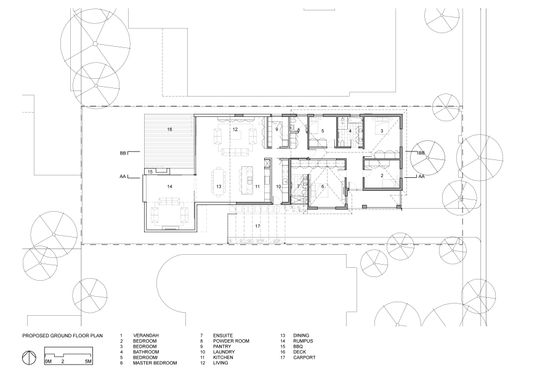Hoddle House was designed by Freadman White Architects to nurture the changing needs of a young family over time, through the creation of generous spaces with a high degree of flexibility. In doing so, the architects were able to save money, time and effort by incorporating the existing walls of a redundant 1970s extension...
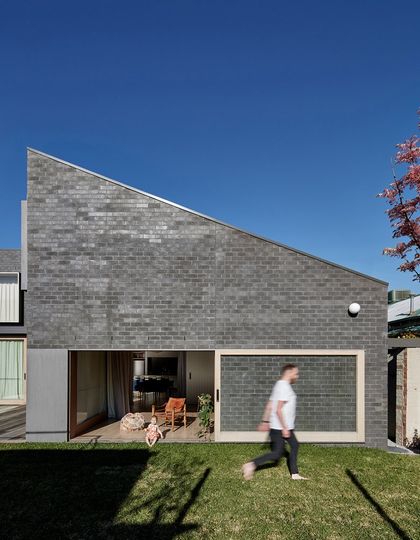

The existing dwelling was a 1930s brick home with a rear 1970s addition. The client required additional space for their young children to explore; a rumpus room, living, kitchen and terrace. A big problem with the original home was the living/dining areas were buried within the rear addition, whilst the laundry occupied valuable garden space.
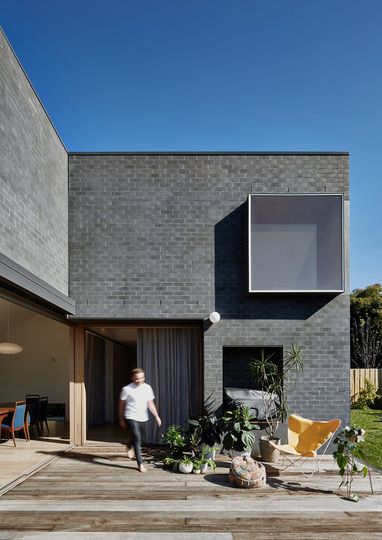
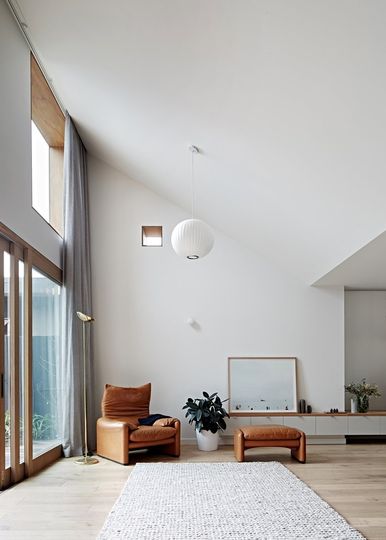
Freadman White’s approach was to swap the laundry and living areas, providing a raking ceiling at the junction of old and new to reveal the extensive yard beyond. The rumpus room was envisaged as a space of undefined function. Connected to the new living area by a large slider, it could be a rumpus room, as required by the client, or it could be more - a reading room, large dining room, or sleep-out.
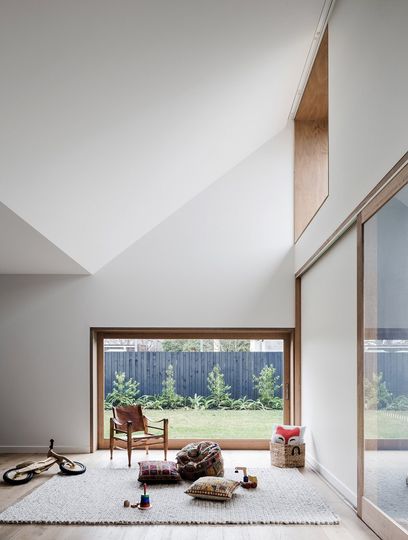
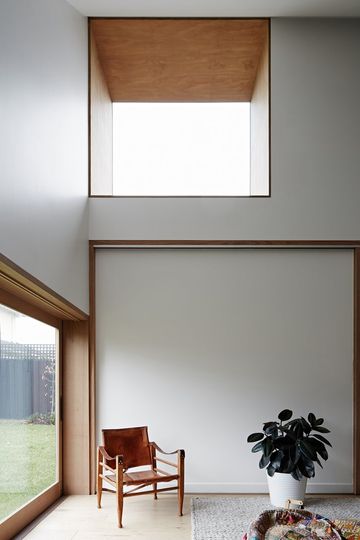
The room is bereft of joinery, or other features which might dictate its use; its only determining feature is its connection to the garden, deck and living room, making it a connective space, open to variability and change.
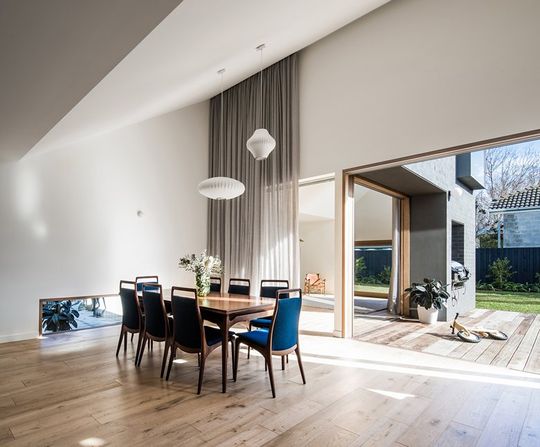
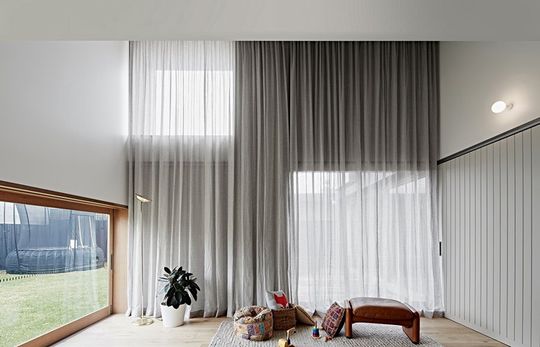
The new spaces have atypically thick walls and window reveals which provides shading, thermal and cost benefits and also add to the style of the facade. But these thick walls also contain a secret. Rather than demolish and re-build, much of the original extension is retained and concealed within these thick walls. Sheer curtains and a variety of window heights and depths blurs the boundaries of indoors and out, and helps to break down an otherwise strong, serious facade.
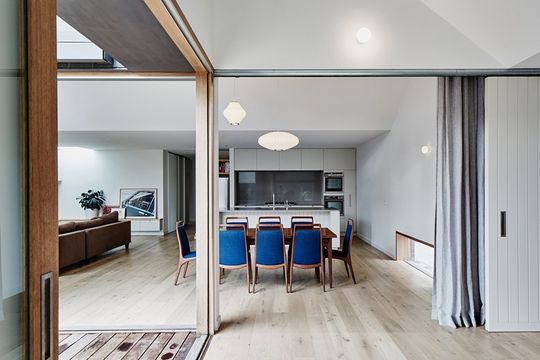
A common feature of the surrounding area is the hipped roof. In this addition, the exterior roof form is hidden from view. It is not until one experiences the interior that the angular forms of the hip roof type appear, in the form of soaring raked ceilings. To watch over the children from inside, the client required vistas across the yard.
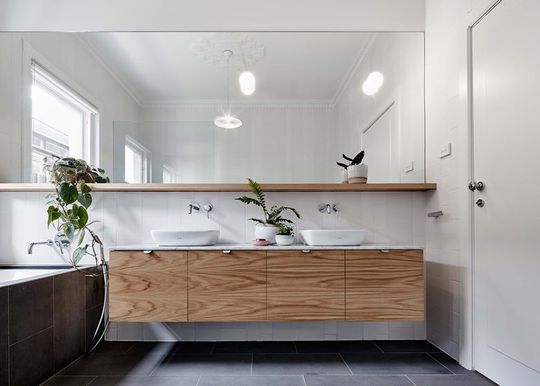
A deceptively simple and cost effective approach was taken by the landscaper to express the boundary, by specifying black paint to all palings. This ‘horizon line' can be seen form several internal vantage points, extending the effective floor area right to the boundary.
